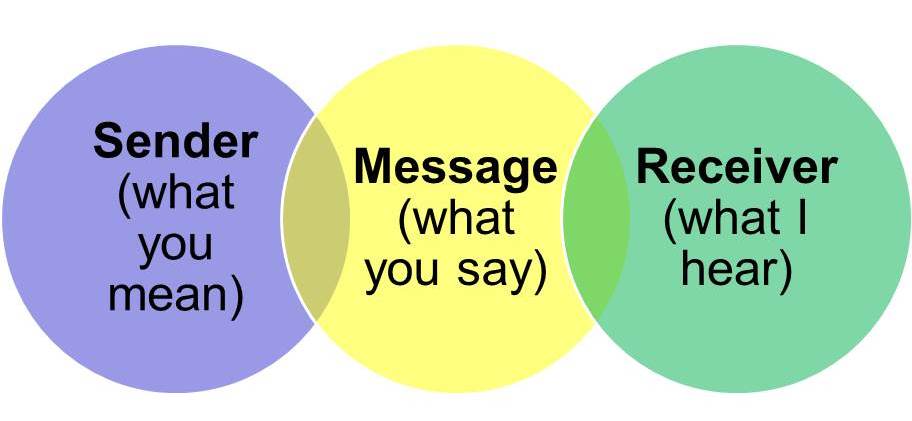
Facilitating Effective Communications
In my last Blog Post I asked the question “Who are you as a leader?” In this article I want to shift the conversation to communication styles. Many times we have a thought or idea of who we are as a leader, but when our team members are asked the perception is different. One of the most common reasons for this is summed in two words: communication style. The way we communicate a point, a purpose, a vision leads to the reception of our conveyed thoughts. If the hearer is receiving our words in a way that does not resonate with them, at a time they consider appropriate, or using language they find offensive, our communication is lost in the cacophony of life’s noise.
Simply put, even the most profound statement can fall on “deaf ears”. In the context of our conversation that is not an indicator of any physical challenge your audience may face. Rather there is a challenge in being able to receive the message appropriately thereby creating an inability to act upon the statements. Communicators must tailor their talk to the audience in front of them. For example, picture an adult providing instruction to a toddler. Would this adult use collegiate or technical language to communicate the desired outcome? No. This would be an exercise in futility because the child simply cannot comprehend the language used. Instead, the adult will simplify the word choices, speak in shorter sentences, and possibly demonstrate the action for the child. The same principle applies each time we share information with an audience. It’s less about the language we have access to and more about the language our hearer is likely to understand.
To facilitate the best outcome ask yourself these five questions ahead of each communication:
- What is the purpose of this conversation for me?
- What is the purpose of the conversation for them?
- What message do I want to give or receive?
- What is my state going into this conversation? (How do I feel?)
- What challenges or questions might the other person have?
These questions apply prior to any of the four types of communication leaders undertake: Coaching, Mentoring, Directing, or Delegating. Assessing the purpose for both you and your hearer; identifying the desired outcome; checking your current emotional state; and making note of questions before they’re asked will provide the clear direction needed for a productive conversation.
Reflection is a key factor to continued growth as a leader. At the close of the conversation take a few minutes to reflect on what transpired. The self-assessment process will lead future conversations down a more secure path.
As I’ve shared previously, improved communication within your team will improve communication with your customers and improve the reputation of your brand. But it all starts with leadership.
I invite you to schedule a complimentary Discovery Session to assess your current leadership strengths and identify areas for possible improvement.

0 Comments on "Facilitating Effective Communications"